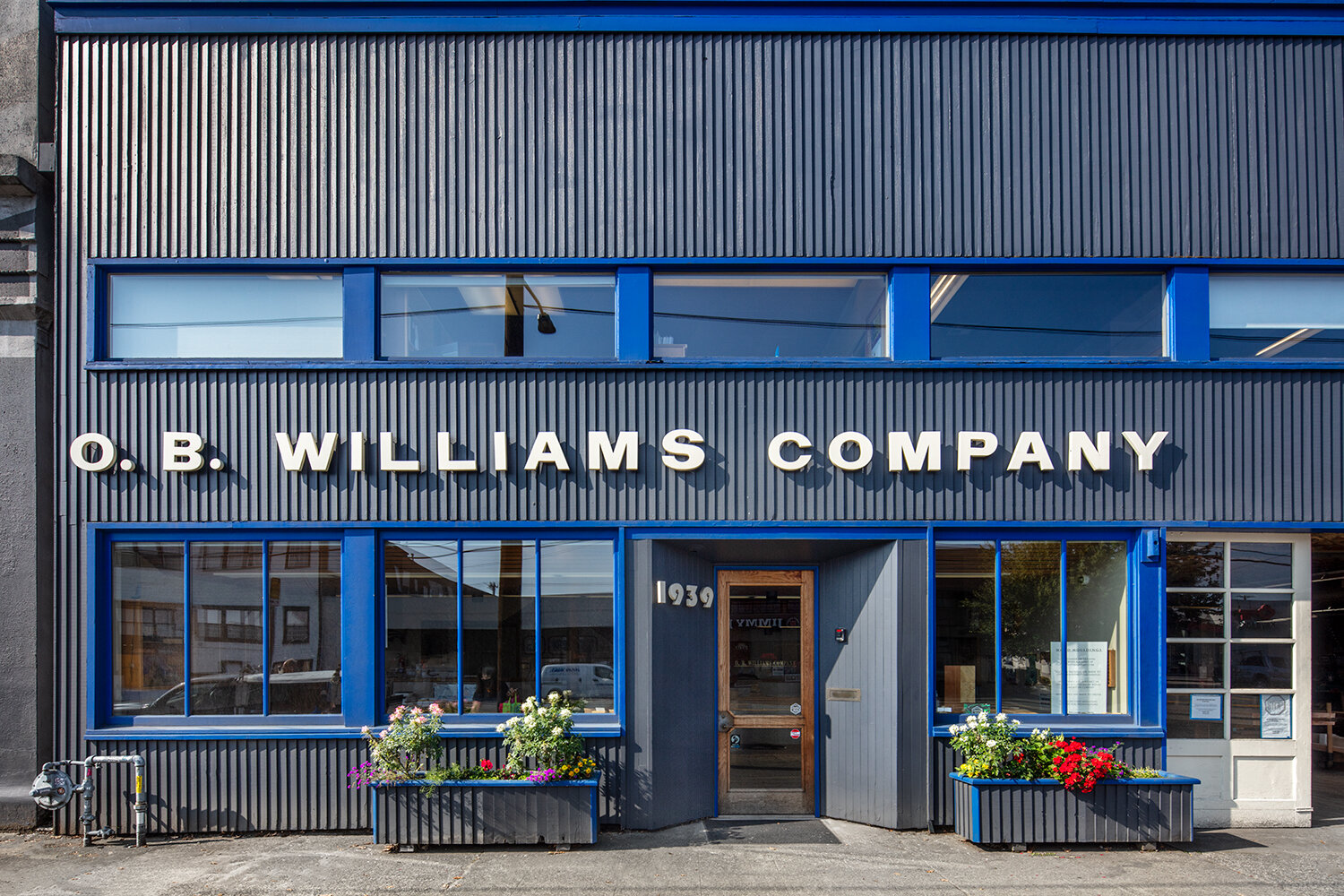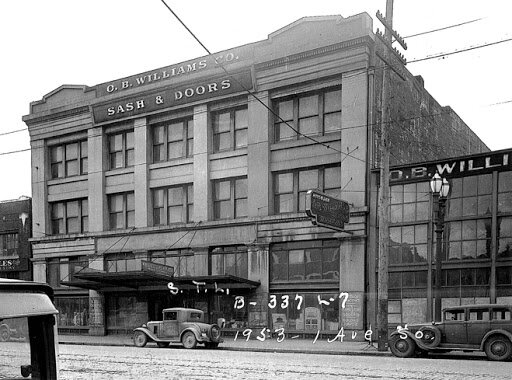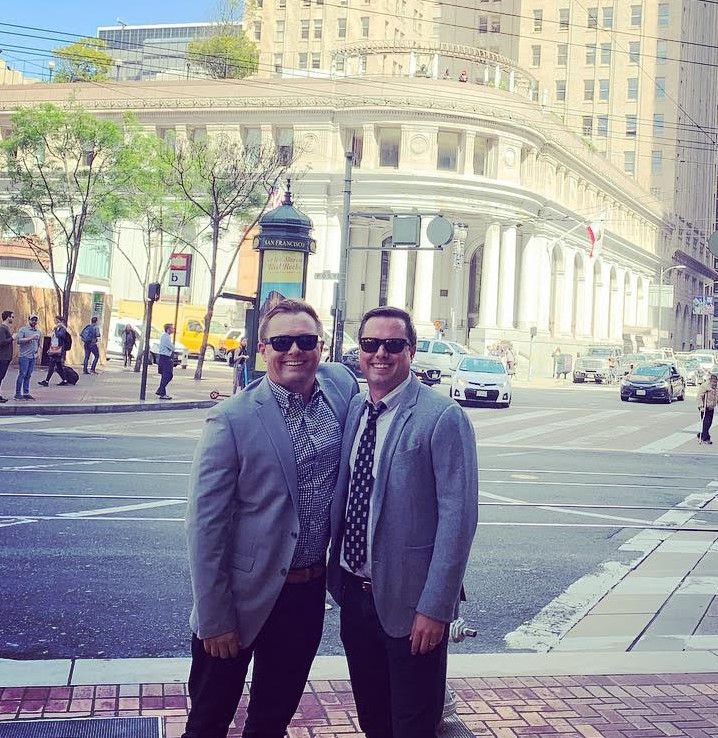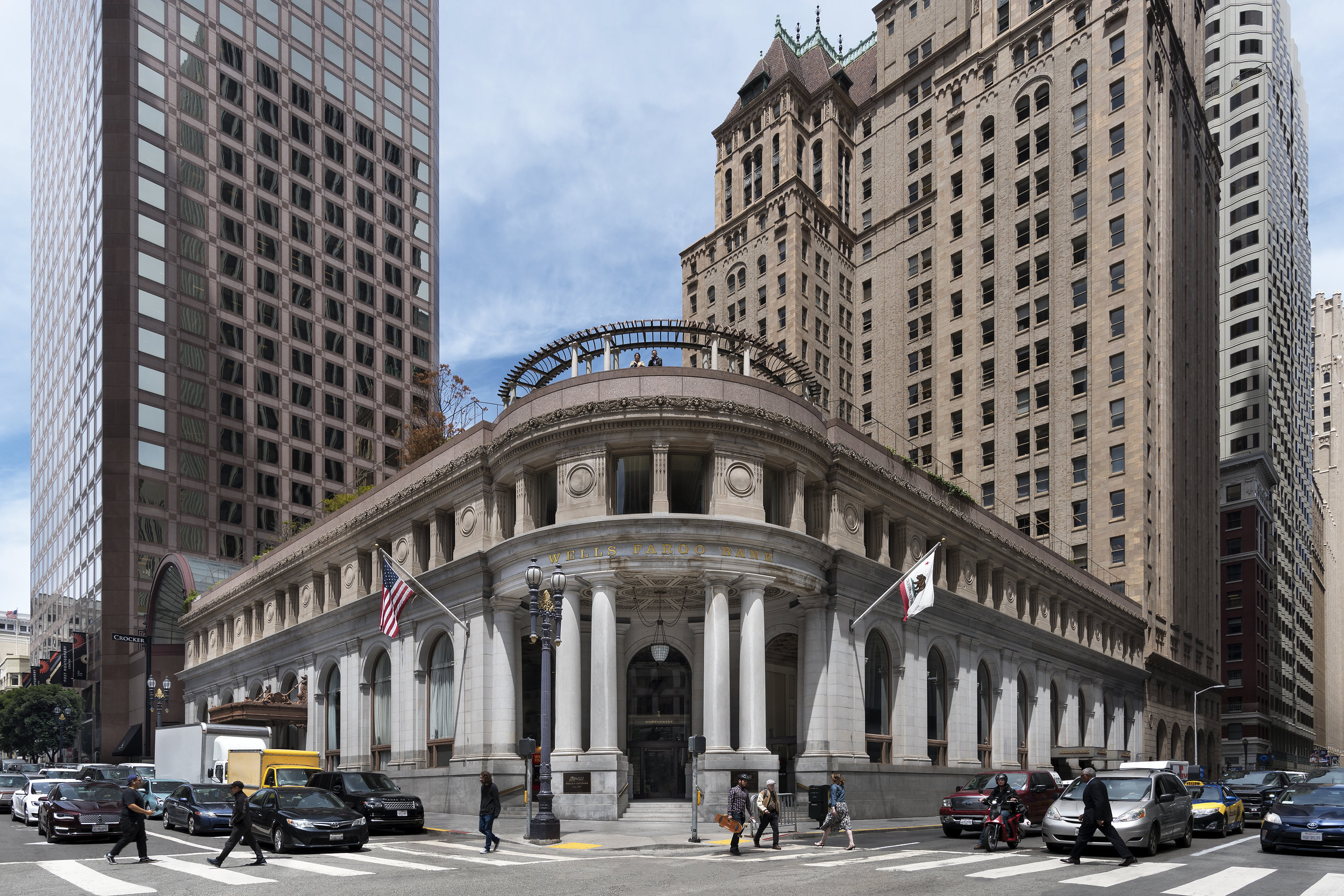SAN JOSE — What are the challenges and opportunities in the Northern California commercial real estate market? And of course, the burning question is when will the next slowdown occur?
The SIOR Northern California chapter held its annual kick-off event at the Silicon Valley Capital Club last week to address some of the most pressing issues in the market today. Moderator Jordan Schnitzer, president of Harsch Investment Properties, peppered the group with questions on market trends, popular markets and slowdown predictions.
Panelists included Scott Lamson, president, Northwest region, Prologis; Don Little, senior vice president of development with Trammell Crow Northern California; Steve Briggs, chief investment officer, LBA Realty; and Chris Freise, managing partner and cofounder at Lift Partners. The panel began by offering a 30,000-foot view of their companies and/or where growth opportunities are occurring.
Freise explained that Lift was started four years ago. With a start-up, of course, there are challenges.
“We have to hustle for deals. There is pressure with construction costs and higher taxes in California,” Freise said. “But there is a lot of opportunity in Seattle and the Bay Area. There is a great quality of life in Northern California.”
Little pointed out there are a lot of jobs but not enough housing in the Bay Area. As a result, affordable housing burdens are often put on a project, he said. Lamson concurred, saying the cost of living in the Bay Area makes it difficult to raise families.
In looking at projects represented by the four firms, Lamson outlined that Prologis has 30 million square feet under construction, averaging 25 million square feet per year for the past three years. He said Prologis has the infrastructure in place for projects in Tracy, where the firm has 250 million and 600 million under construction, with 1 million permitted.
Specifically, Prologis has 160 million square feet in the West, broken down as follows–65 million square feet in Southern California, 40 million square feet in Northern California, 15 million square feet in Seattle, and 10 million square feet in Denver and Reno.
“I thought Tesla would hurt the Reno market but that hasn’t happened in our project there,” Lamson says.
Lamson went on to discuss the phenomenon of multi-story industrial buildings; a development technique that is commonplace in Japan. It makes sense because all floors affect each other, he observed.
“On every project, we ask, ‘can we build multi-stories?’” Lamson pondered. “I’m not sure where our next multi-story building will be: either the East Coast or California.”
Briggs says 15 to 20% of LBA’s business is e-commerce and the Denver, Reno and Tracy markets constitute a “young business” for the firm.
When discussing the hottest areas and trends, it is no surprise that the topic of opportunity zones came up. Freise said Lift is taking advantage of those projects, in addition to industrial and urban development opportunities.
Little also chimed in on the cautions and benefits of opportunity zones.
“Opportunity zones are frothy but the advantages are gravy,” he indicated. “It opens the doors to entrepreneurial capital.”
Little went on to say that Trammell Crow was not a big believer in Livermore or Morgan Hill but now has a project in Morgan Hill scheduled to break ground in fourth quarter 2019. The project is 16 miles from San Jose. Still, labor woes continue to be an issue.
“Labor has become a factor, especially in Oakland but even in Tracy,” Little says.
Freise pointed out that areas of interest for Lift are Oakland, Redwood City and San Jose’s downtown, which is “on a trajectory and there is a lot of room to run in general. However, San Francisco is tight as a drum,” he observes.
Briggs said interest rates and liquidity have a big impact on the market but in general, Seattle and West Los Angeles are the most robust. LBA is cautious about San Jose, however, transit-oriented walkable space is in demand.
Also of caution is exactly when a slowdown will occur, but some are not as concerned as one might think.
“We’d love to see a nice little recession: a good old-fashioned hiccup, not a 2008,” Briggs said.
Little pointed out that the difference in 2008 and now is that banks are more disciplined and the market is forward looking. Lamson agreed that the economy is on more solid footing but says technology may be out over its skis.
“Tech is concerning because it reminds me of 1999 and 2000, but we are in a better position,” Lamson said. “And, e-commerce won’t slow down.”






















